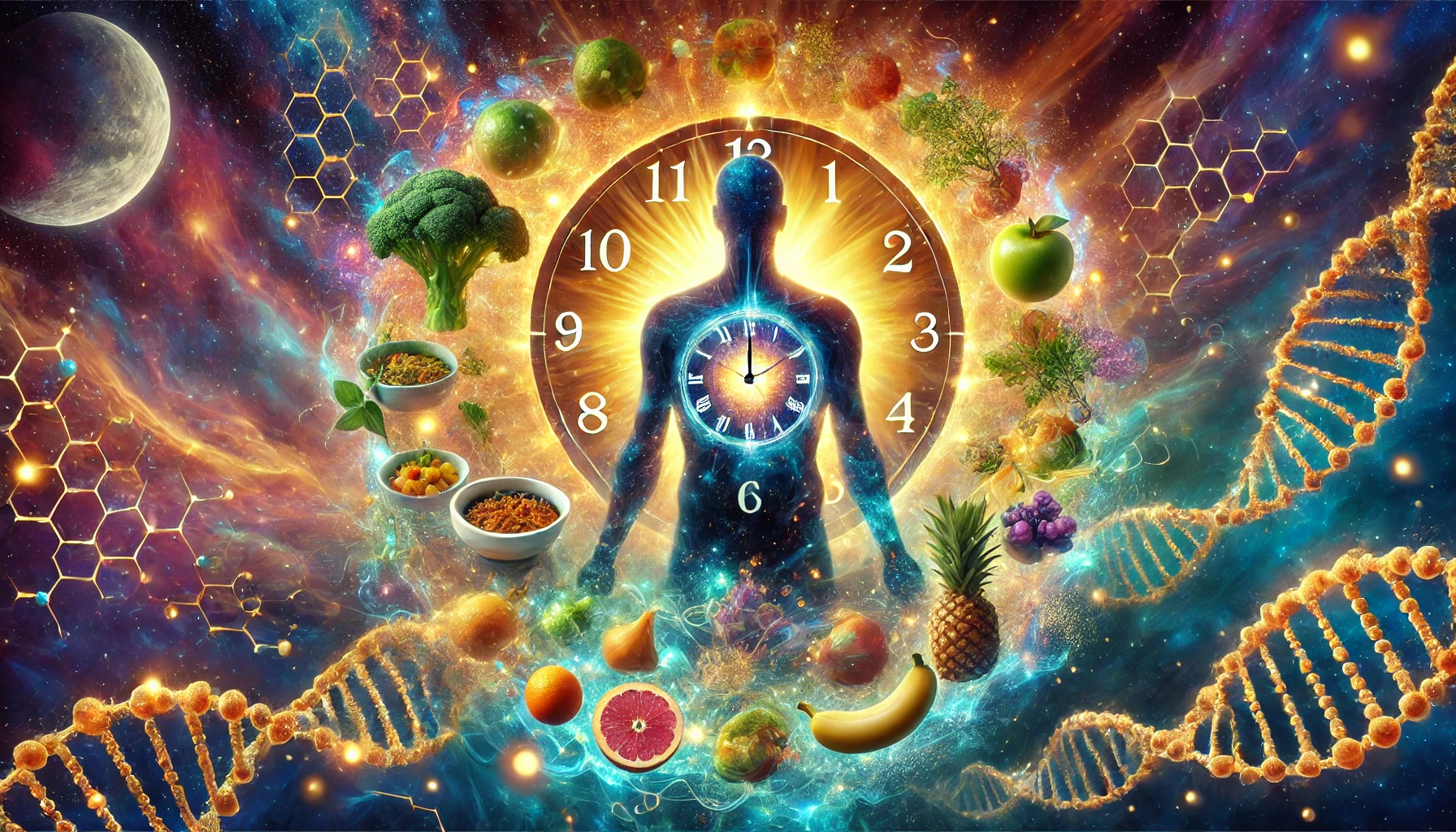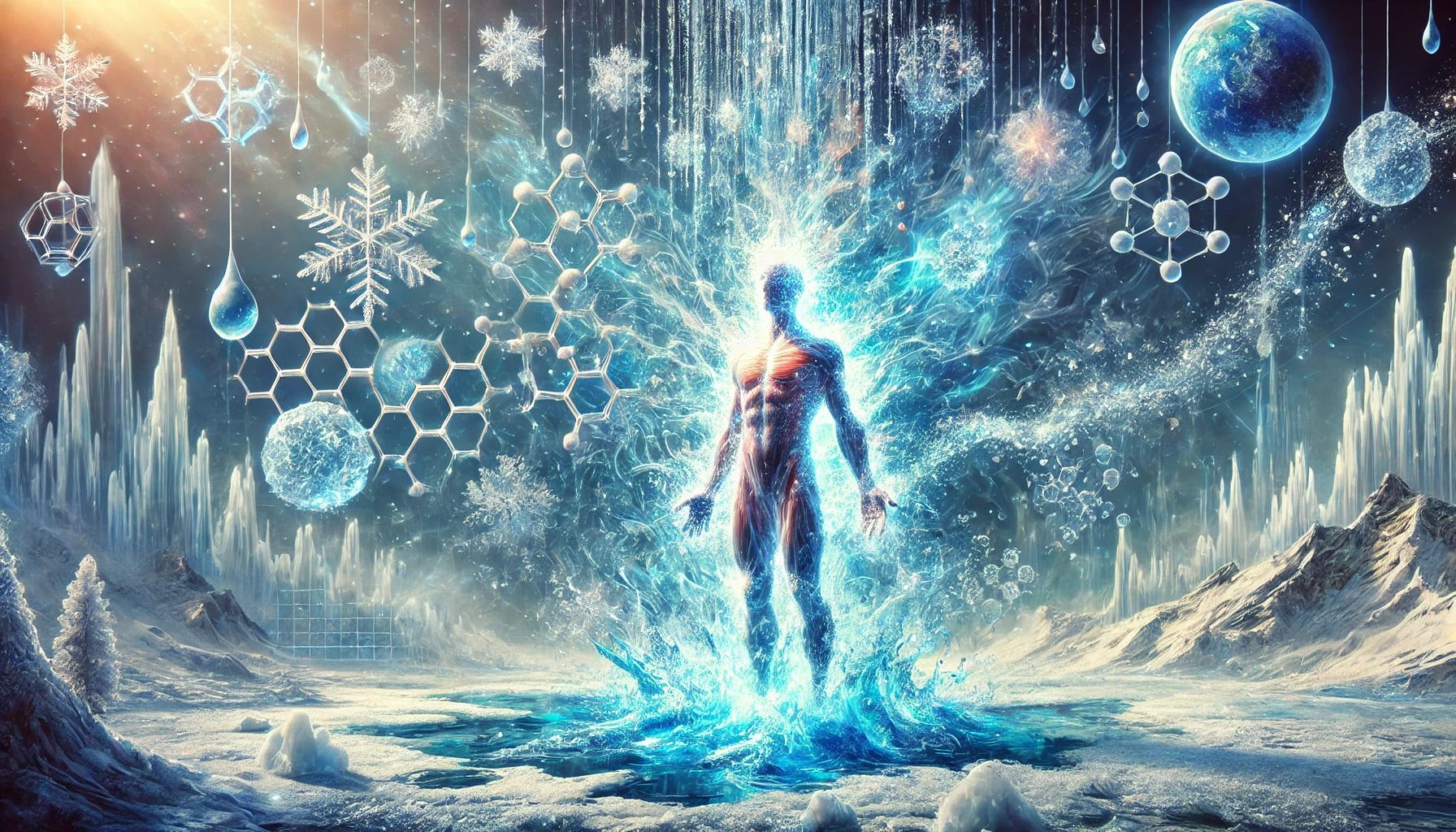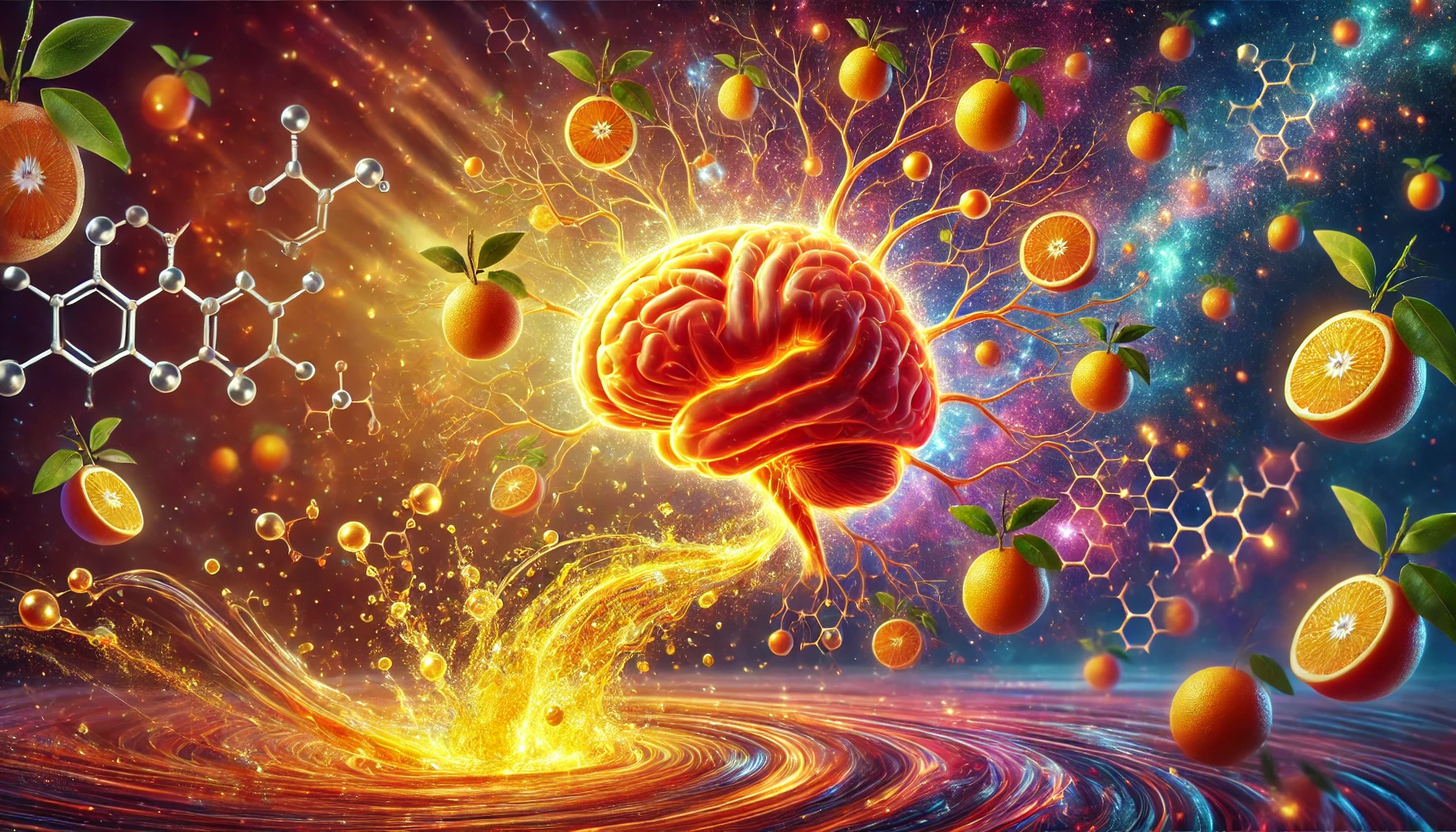

PrimaVie® Purified Shilajit
- Category: Herbal extracts
Quantity
| Quantity | Discounted price | DISCOUNT |
|---|---|---|
| 3-5 | €22.75 | 5%€1.20 |
| 6-9 | €22.03 | 8%€1.92 |
| 10+ | €21.55 | 10%€2.40 |
Change your country
- Your Biohacking Experts.
- Mo-Fr Same day shipping for orders before 17:00.
- Free shipping for orders above 50eu.
- Superior Quality high purity extracts and compunds.
- Quantity based discounts applicable.
Product Overview
Biohacking Core offers PrimaVie® Shilajit in encapsulated form, delivering 450 mg of purified extract per serving. PrimaVie® is a patented, clinically studied ingredient developed by Natreon, Inc., sourced from high-altitude Himalayan regions. It undergoes a specialized aqueous extraction process designed to remove contaminants while preserving its natural profile, including fulvic acid and trace minerals.
Key Features
- 450 mg PrimaVie® purified Shilajit per capsule.
- Patented and clinically studied extract by Natreon, Inc.
- Processed through aqueous extraction for purity and composition preservation.
- Contains naturally occurring fulvic acid and trace minerals.
- Certified Halal, Kosher, and self-affirmed GRAS.
- Produced under strict quality controls and GMP-compliant standards.
Ingredients & Supplement Facts
- Serving Size: 1 capsule
- Servings Per Container: 90
- Amount Per Serving:
- PrimaVie® Purified Shilajit Extract: 450 mg
- Other Ingredients: Cellulose (capsule shell), Microcrystalline Cellulose.
Suggested Use
1 capsule daily*
Quality You Can Trust
Biohacking Core features PrimaVie®, a patented purified shilajit extract manufactured under GMP-compliant conditions. Each batch undergoes advanced aqueous extraction to eliminate contaminants while retaining bioactive compounds. Raw material is laboratory tested to ensure accurate composition and low heavy metal content. Final formulation is encapsulated in the EU using only essential excipients and no artificial fillers.
Packaging & Storage
- Packaging: 90 capsules per plastic bottle.
- Storage: Store in a cool, dry place. Keep the bottle tightly closed when not in use. Keep out of reach of children.
Warnings & Cautions
- For adult use only.
- Consult your healthcare provider before use if pregnant, nursing, taking medication, or have a medical condition (e.g., gout, iron overload such as hemochromatosis).
- Do not use if safety seal is broken or missing.
Disclaimer
This product is a dietary supplement and is not intended to diagnose, treat, cure, or prevent any disease. This product is NOT medicinal, it is NOT a form of prescription or over-the-counter medication. This product should not replace a balanced diet or healthy lifestyle, it is not a replacement for any medicine or treatment for any health issues. Do not exceed the recommended daily dose. Always consult a medical or dietary professional before making changes to your nutrition. Follow the details on the label.
Latest Blogs
Stay Informed, Stay Ahead: Discover the Latest Insights in Biohacking

Designing Your Morning: Simple Practices to Start Your Day Intentionally
Mornings set the tone for the rest of your day. Yet, many of us start on autopilot—hitting snooze, gulping coffee,...
Read More
Mindful Breathing: Simple Techniques for Pausing and Centering
In the rush of daily life, it’s easy to get caught up in stress and lose our sense of balance....
Read More
Connecting with Nature: Incorporating Outdoor Time into Your Routine
Modern lifestyles often keep us indoors in climate-controlled homes and offices. In fact, people today spend around 90% of their...
Read More
Understanding Eating Schedules: An Introduction to Time-Restricted Eating Patterns
Imagine only eating during certain hours each day and giving your body a rest for the remaining time. This concept...
Read More
Exploring Cold Water Exposure: Understanding the Practice of Cold Showers
Cold water exposure – especially cold showers – has surged in popularity as a wellness trend in recent years. From...
Read More
Vitamin C & Brain Health: Optimize Your Intake
Like most, you’ve probably sought the assistance of compounds to optimize your cognition and brain health. Maybe you struggle with...
Read More
Level Up: Unearth Our Unsurpassed Quality!
CONTACT

0 reviews
Only logged in customers who have purchased this product may leave a review.